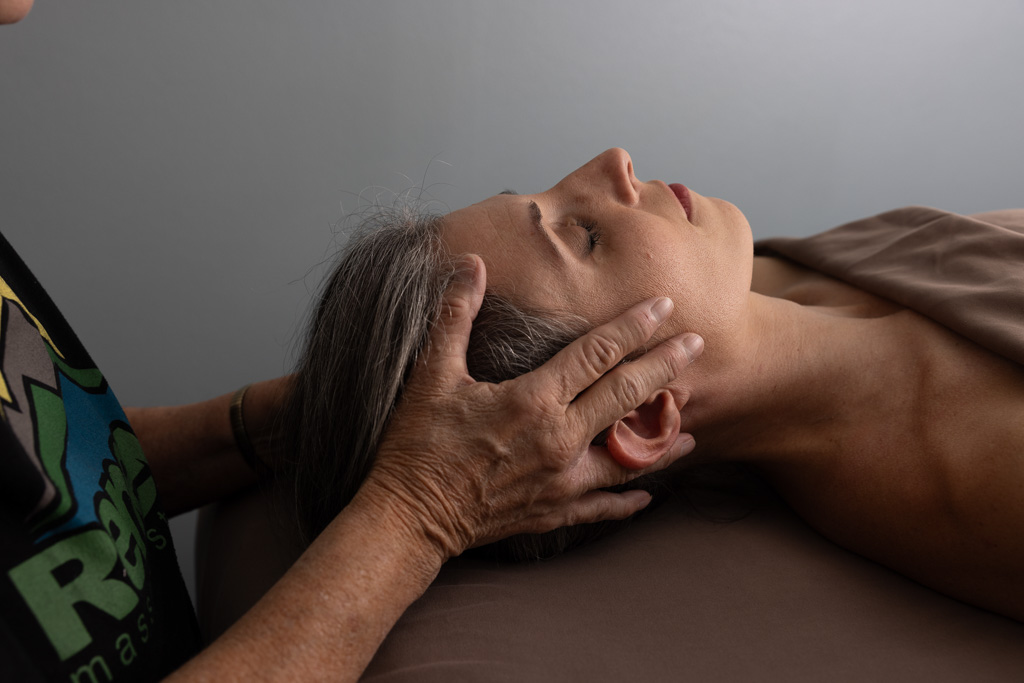New Deals Added! Discover Your Perfect Offer on Our Specials Page.
Menu

LDM is a specialized massage technique with a very gentle touch, designed to enhance the flow of the lymphatic system, a crucial part of the immune system. This technique aims to reduce swelling, eliminate toxins from the body, and promote overall health. Unlike traditional massage therapies, LDM focuses mainly on the neck and torso, with most sessions performed with the client lying face-up.
LDM is sought for various reasons, including post-surgical recovery, edema management, digestive issues, immune system support, menstrual cycle regulation, sleep improvement, and managing chronic lymphedema, especially in cases of lymph node removal.
Post-Surgical Recovery: LDM is particularly beneficial after surgery to reduce swelling and bruising, diminish scarring, and aid in flushing out toxins introduced by anesthesia, antibiotics, or pain medications. It helps accelerate the healing process and reduce the recovery time.
Edema Management: Individuals experiencing edema, characterized by overall puffiness and sensitive nerves, find relief through LDM. It helps in reducing the excess fluid buildup and alleviating discomfort.
Digestive Issues: LDM can significantly impact digestive health. For digestive system treatment, a longer session (around 75 minutes) is recommended to provide focused treatment beyond what a standard LDM session offers.
Immune System Support: LDM aids in boosting the immune system. However, it’s important to note that if a person is already dealing with a mild illness, LDM may intensify symptoms initially as it increases the flushing of toxins and distribution of white blood cells.
Menstrual and Sleep Issues: Since LDM helps in regulating hormone distribution, it can positively affect issues related to intense menstrual cycles and sleeplessness.
Chronic Moderate Lymphedema: Particularly in cases of lymph node removal, LDM plays a vital role in managing chronic moderate lymphedema.
There are certain conditions when LDM is not recommended. These include:
Why is the Touch So Light in LDM? LDM involves a very light touch because the lymphatic system lies just beneath the skin’s surface. The technique involves feeling and following the rate and direction of your lymphatic flow, addressing any sluggish areas to improve flow patterns.
What are the Effects of LDM? After an LDM session, you might experience decreased inflammation and water retention, potentially leading to increased energy levels. Some individuals might feel fatigued, as it’s common for the body to flush more fluids, causing increased urination. LDM is deeply relaxing and soothing to the parasympathetic nervous system.
Try a self massage for lymphatic drainage. Consider trying a self-massage for lymphatic drainage and see if it helps enhance your well-being. This simple, yet effective technique involves gentle, rhythmic strokes to stimulate the lymphatic system, encouraging the natural circulation of lymph fluids in your body. By focusing on key areas such as the neck, armpits, abdomen, and limbs, you can support your body’s detoxification process, reduce swelling, and promote overall health.
It’s an easy practice to adopt in the comfort of your home. Regular self-massage for lymphatic drainage could be a rejuvenating addition to your daily routine, potentially offering both physical and mental benefits, and aiding in your body’s natural restorative processes. Watch this video to learn more about giving yourself a lymphatic massage.
The lymphatic system is a vital part of the body’s immune system, consisting of a network of lymph nodes and vessels that carry lymph, a fluid containing infection-fighting white blood cells. LDM is designed to stimulate this system, encouraging the natural flow of lymph and supporting the body’s ability to detoxify.
The technique used in LDM is distinctly different from traditional massage therapies. The strokes are very gentle, rhythmic, and soothing, focusing on improving the flow of lymph rather than manipulating muscles. The therapist uses precise, light movements to stimulate lymph flow, guiding it to the nearest healthy lymph nodes for efficient processing.
Detoxification: By stimulating the lymphatic system, LDM helps the body remove waste products and toxins more efficiently.
Reduction of Swelling: LDM effectively reduces swelling by enhancing lymph flow and drainage, particularly useful in post-operative cases.
Boosting Immune Function: Regular LDM can help strengthen the immune system by promoting the circulation of white blood cells.
Relaxation and Stress Reduction: The gentle nature of LDM induces a state of relaxation, reducing stress levels and positively impacting mental health.
Improvement in Skin Health: By enhancing lymphatic circulation, LDM can improve the skin’s appearance, making it a popular choice for skincare routines.
LDM is a powerful, gentle therapy with a wide range of health benefits. It’s a unique approach to wellness that goes beyond traditional massage techniques, targeting the lymphatic system to improve overall health and well-being. Just take a look at our glowing reviews of clients who benefitted from LDM.
Whether you’re recovering from surgery, managing chronic conditions, or simply seeking a way to relax and detoxify your body, LDM offers a unique and effective solution. As with any therapy, it’s crucial to consult with a healthcare professional or a qualified massage therapist to ensure it’s suitable for your specific needs. Click here to book your Lymphatic Drainage Massage now.
© Copyright 2024 Renew Massage Studio, LLC